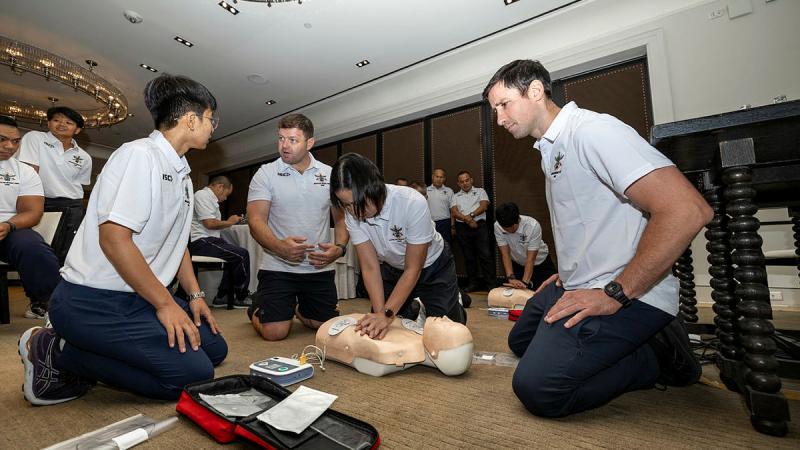A landmark study has found the number of people at risk of homelessness in NSW has surged 64% to reach almost 700,000, overwhelming the capacity of services.
The Call Unanswered report by Impact Economics found that between 2016 and 2022 the number of people at risk rose by 271,241 to reach 696,442.
This was partly driven by a large increase in the number of people in rental stress, which lifted 18% in Greater Sydney and 14.2% across the state.
The huge increase has overwhelmed the capacity of homelessness services who have had to close their doors to people desperately seeking help.
The report, which surveyed specialist homelessness services across Australia over two weeks in September 2024, found that almost one in three (29%) services in NSW had to close their front door entrances at least once during the fortnight.
“NSW’s housing crisis is fast becoming a catastrophe,” said │į╣Ž═°šŠlessness NSW CEO Dominique Rowe.
“The situation is now so dire that 700,000 people are just one rent rise or one emergency away from becoming homeless. This is a total economic and social failure and completely unacceptable in a state as wealthy and prosperous as NSW.
“The enormous surge in demand for homelessness services across the state has pushed them to breaking point.
“Services are doing everything they can but there are simply not enough staff or resources to help everyone in need. This is especially serious in regional and remote areas where there is often no other service available for people turned away.
“The NSW and Federal governments must step up and provide extra funding to fix this tragedy.”
The report is the centrepiece of a new nationwide campaign, No one turned away, which calls for funding for homelessness services to be increased.
│į╣Ž═°šŠlessness NSW is calling for a funding increase of at least 20 per cent from the state government.
A person is considered at risk of homelessness if they have two or more of five risk factors: Low income, vulnerability to discrimination, low social resources and supports, needing support to access or maintain housing, and rental stress.







